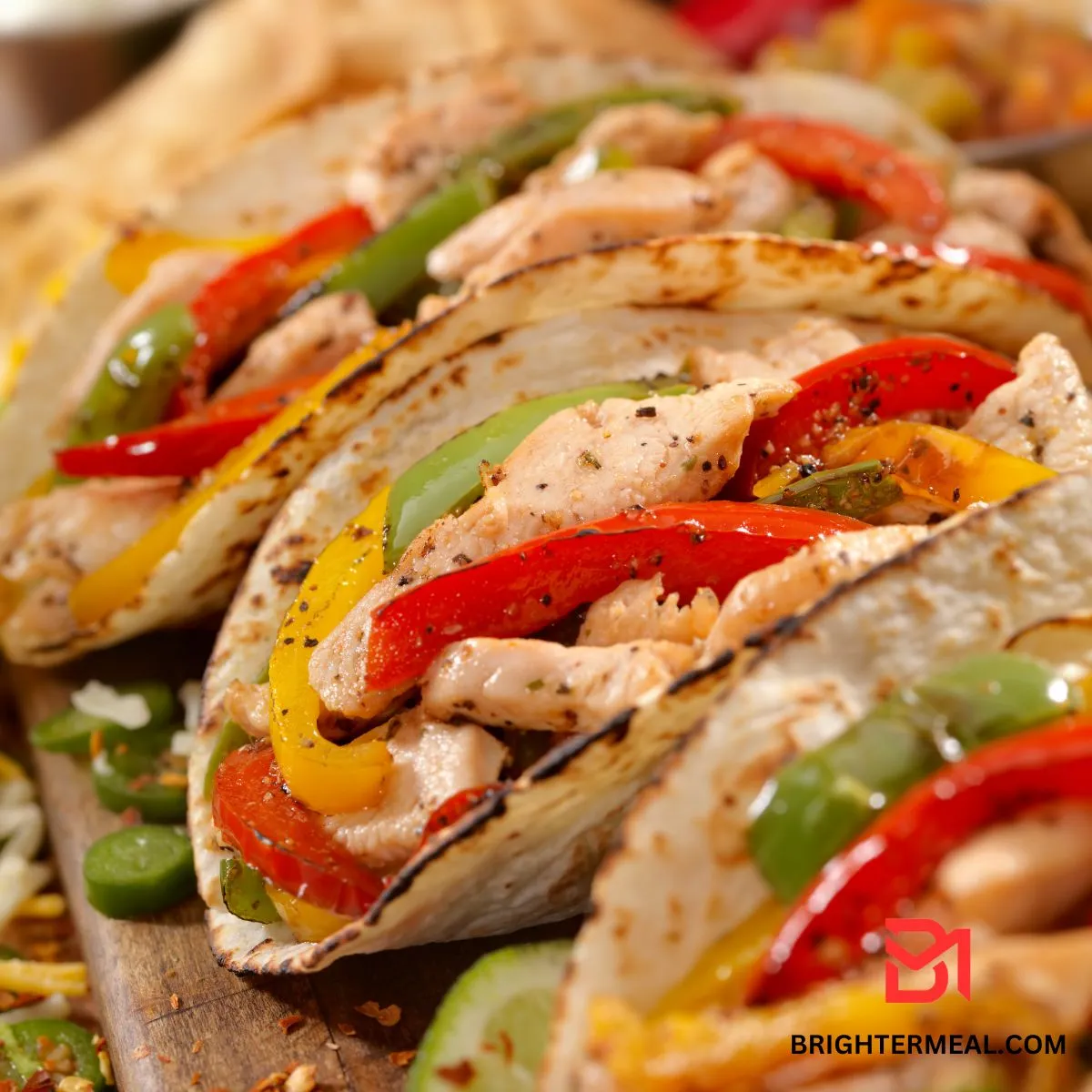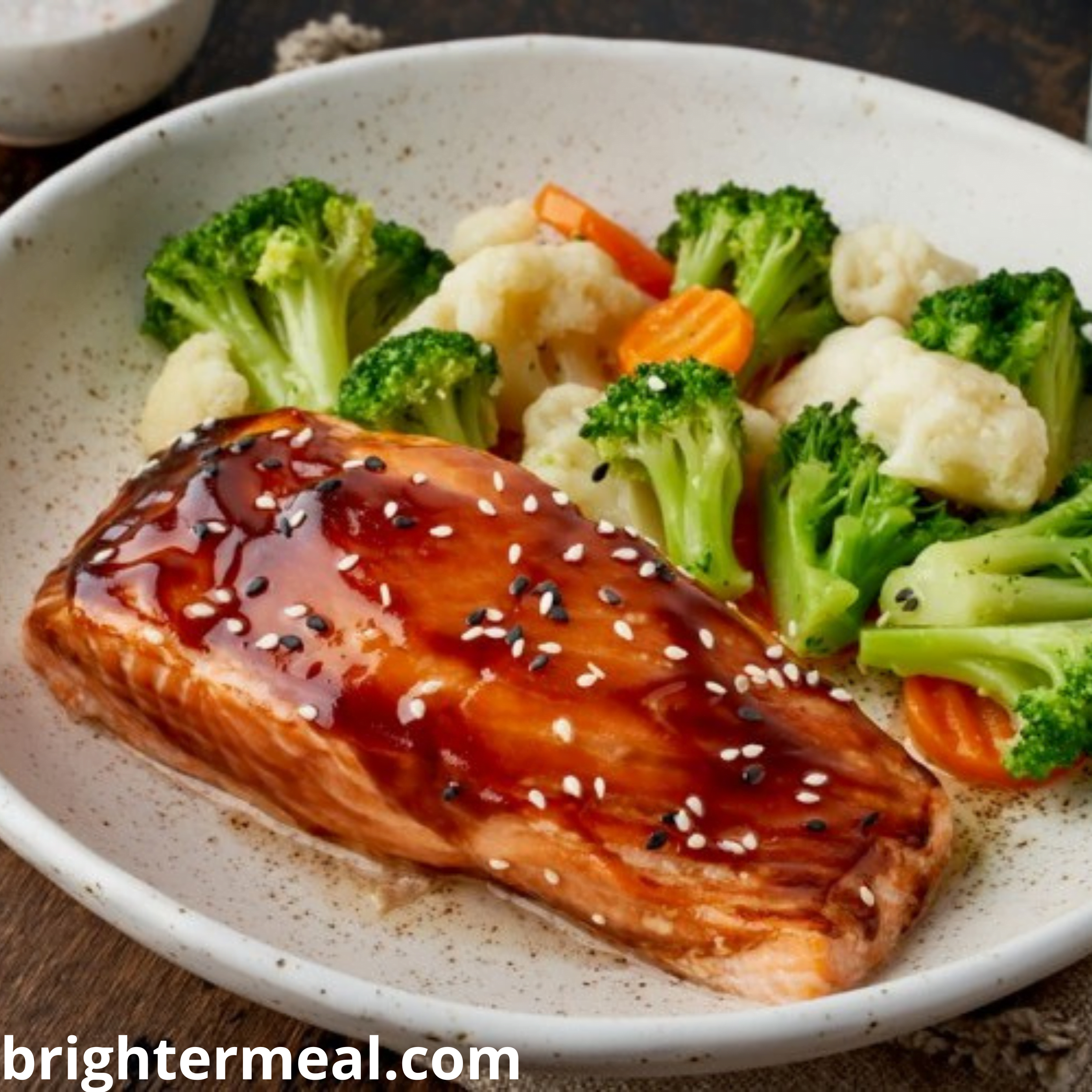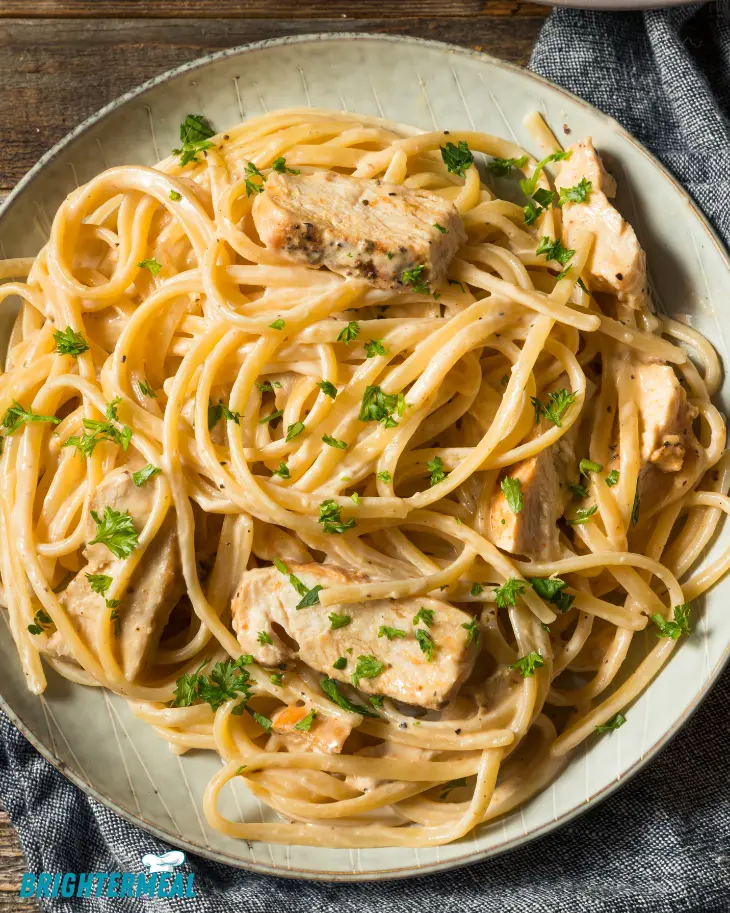Raw Pastry Recipe
Ever wondered how to make your own raw pastry from scratch? Whether you’re an experienced baker or a newbie in the kitchen, creating raw pastry can be a delightful and rewarding process. Not only does it give you control over the ingredients, but it also ensures you can cater to specific dietary needs and preferences.

What is Raw Pastry?
Raw pastry refers to pastry dough that hasn’t been baked yet. It’s the foundational element for a variety of baked goods, from pies and tarts to quiches and turnovers. This versatile dough is essential for creating both sweet and savory dishes.
Benefits of Making Your Own Raw Pastry
Making your own raw pastry allows you to:
- Customize ingredients to suit dietary restrictions.
- Avoid preservatives and artificial additives found in store-bought dough.
- Enjoy the satisfaction of crafting something homemade.
Ingredients and Tools
Essential Ingredients
To make raw pastry, you’ll need:
- Flour (all-purpose, whole wheat, or a gluten-free blend)
- Fat (butter, shortening, or lard)
- Cold water
- Salt
- Sugar (optional, for sweet pastry)
Recommended Tools
Having the right tools can make the process smoother:
- Mixing bowls
- Measuring cups and spoons
- Pastry cutter or food processor
- Rolling pin
- Plastic wrap or parchment paper
Preparing the Ingredients for Raw Pastry
Choosing the Right Flour
The type of flour you use affects the texture and flavor of your pastry. All-purpose flour is the most common choice, but you can experiment with whole wheat or gluten-free flours for different results.
Selecting the Best Fats
Butter is preferred for its rich flavor, but shortening and lard are also great options for achieving a flaky texture. Some recipes even combine different fats for the best of both worlds.
Other Key Ingredients
Salt enhances the flavor, while a touch of sugar can add sweetness if desired. Cold water brings everything together without melting the fat, which is crucial for a flaky pastry.



Step-by-Step Raw Pastry Recipe
Step 1: Measuring and Mixing
Start by measuring your ingredients precisely. Combine the flour and salt (and sugar, if using) in a large bowl. Cut the cold fat into small pieces and add it to the flour mixture. Use a pastry cutter or food processor to blend until the mixture resembles coarse crumbs.
Step 2: Kneading the Dough
Slowly add cold water, one tablespoon at a time, mixing gently until the dough begins to come together. Be careful not to overwork the dough, as this can make it tough.
Step 3: Chilling the Dough
Shape the dough into a disc, wrap it in plastic wrap, and refrigerate for at least 30 minutes. Chilling helps relax the gluten and makes the dough easier to handle.
Step 4: Rolling Out the Dough
Lightly flour your work surface and rolling pin. Accordingly, roll the dough out from the center to the edges, turning it frequently to maintain an even thickness. Aim for about 1/8 inch thickness
Step 5: Shaping the Raw Pastry
Transfer the rolled dough to your baking dish or cut it into desired shapes. Accordingly, gently press it into place and trim any excess. Your raw pastry is now ready to be filled and baked.
Tips for Perfect Raw Pastry
Handling the Dough
Keep everything cold. This includes the ingredients, tools, and even your hands. Indeed, warmth can melt the fat, leading to a less flaky pastry.
Achieving the Right Consistency
If the dough is too dry and crumbly, add a bit more water. If it’s too sticky, add a touch more flour. The dough should be smooth and pliable but not sticky.
Common Mistakes to Avoid
- Overworking the dough: This can make it tough.
- Not chilling the dough: Skipping this step can make the dough hard to roll out.
- Using warm ingredients: This can prevent the dough from achieving the right texture.
Flavor Variations
Sweet Pastry Variations
Add a tablespoon of sugar to your flour mixture for a subtly sweet pastry. You can also mix in spices like cinnamon or nutmeg for extra flavor.
Savory Pastry Variations
For a savory twist, add herbs like thyme or rosemary to the dough. Cheese, such as grated Parmesan, can also be mixed in for a rich, savory pastry.
Storage and Preservation
Storing Raw Pastry Dough
Serve your baked goods warm or at room temperature. Generally, pair sweet pastries with a dollop of whipped cream or a scoop of ice cream. Savory pastries go well with a fresh salad or a hearty soup.
Freezing Tips
For longer storage, wrap the dough in plastic wrap and then place it in a freezer bag. It can be frozen for up to 3 months. Thaw in the refrigerator before using.
Using Raw Pastry
Best Recipes to Use Raw Pastry In
Raw pastry can be used in a variety of dishes:
- Fruit pies
- Custard tarts
- Quiches
- Turnovers
Serving Suggestions
The caloric content of raw pastry varies based on the ingredients used. On average, a single serving can range from 150 to 250 calories. Indeed, this variation depends on specific ingredient choices.
Nutritional Information
Caloric Content
Raw pastry dough can be stored in the fridge for up to 3 days. Accordingly, just make sure it’s wrapped tightly in plastic wrap.
Health Benefits
When made with whole wheat flour or other nutritious ingredients, raw pastry can be a healthier option. It provides fiber, essential fats, and carbohydrates for energy.

Conclusion
Making your own raw pastry from scratch is a rewarding and versatile skill. With the right ingredients and techniques, you can create delicious baked goods tailored to your tastes. So, roll up your sleeves and give it a try!
FAQs
Yes, whole wheat flour can be used. Generally, it will give your pastry a nuttier flavor and a slightly denser texture.
Yes, whole wheat flour can be used. It will give your pastry a nuttier flavor and a slightly denser texture.
If your dough is too sticky, add a bit more flour, a tablespoon at a time, until it reaches the right consistency.
Absolutely! Use a gluten-free flour blend and follow the same steps. Basically, you may need to adjust the water content slightly.
Yes, adding herbs and spices is a great way to customize your pastry. Accordingly, try adding thyme, rosemary, cinnamon, or nutmeg for a unique twist.
More Pastry Recipes
- Pastry Recipe in 5 Minutes in a Pan with Ready-made Yufka
- Puff Pastry Cream Horns
- Mother’s Crispy Rolled Pastry Recipe
- Crispy Pastry Yufka
- Pastry Crispy Layers Recipe
- Soft Pastry Recipe
So, If you enjoy, please Follow my facebook page to be notified every time I publish a recipe!
Love this recipe? Give it a ⭐⭐⭐⭐⭐ review in the recipe card below!

Raw Pastry Recipe
Ingredients
For the dough;
- 1.5 cups of water
- 1 tablespoon of yoghurt
- 1 tablespoon vinegar
- 1 teaspoon salt
- 4 cups flour add in controlled amounts
For internal mortar;
- 250 g medium fat minced meat
- 1 small onion
- 1 teaspoon black pepper
- 1 teaspoon of salt
- 1 tea glass of water
For Frying;
- Liquid oil
Instructions
- Put all the ingredients for the dough in a kneading bowl and knead. Knead until you get a smooth dough. Cover it and let it rest while you prepare the filling.
- For the stuffing, grate the onion into the minced meat. Add salt, pepper and enough water and knead. It will be like a slightly runny minced meat.
- Divide the rested dough into 13 pieces and roll out on a lightly floured surface to the size of a cake plate. Put the minced meat mixture inside, close it in a half-moon shape and cut the edges with a knife or the edge of a tea plate. Roll out and prepare all pieces in the same way.
- Then fry the fritters in hot oil in a deep frying pan until golden brown.
- Place on paper towel to absorb excess oil and serve hot.
- Enjoy your meal.







